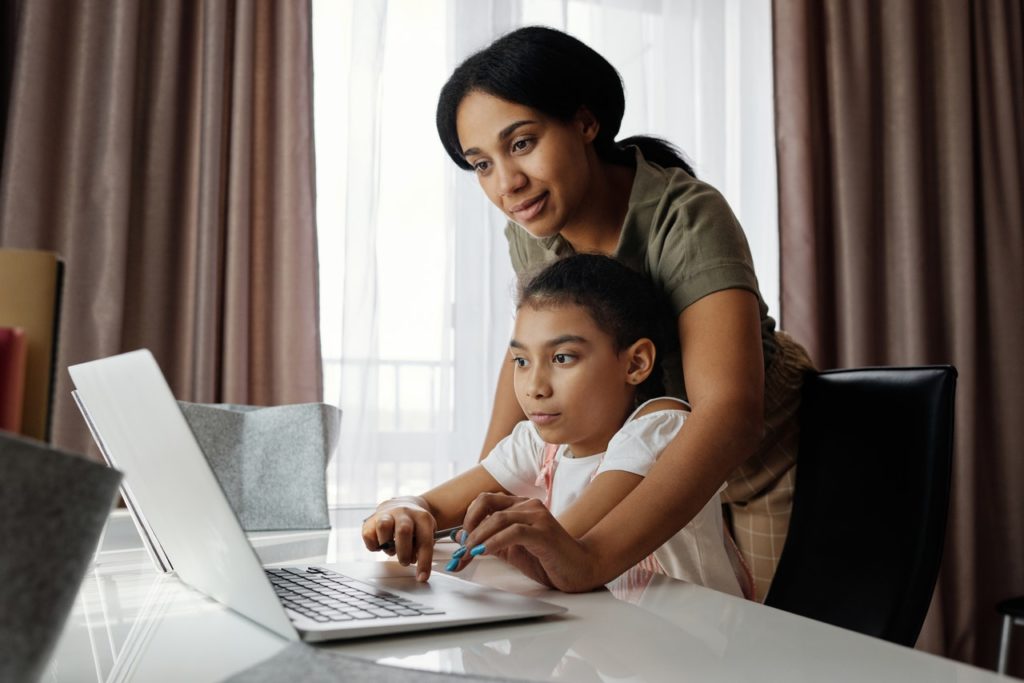Schools all over the globe were forced to temporarily abandon the traditional classroom setting and adopt a new model of learning because of the pandemic. Because of how dangerous it is to go outside, especially for children, students were encouraged to use online resources to continue their education.
Home-learning itself is already difficult for a child, and not having an engaging and conducive environment makes it almost impossible for a student to remain motivated and retain information. This article will help you in providing your kids with an educational space.
Creating a Learning-Conducive Environment
You can let your child lie on the couch and learn, but we can’t guarantee that the results would be favourable. If you really want your child to learn and develop at home the same way he/she does in a classroom setting, you have to make it a point to create an environment that’s dedicated to learning. Below are some methods to achieve that.
A Workspace Area
As a professional and a parent, the work from home setting might have driven you to set up an office in your living spaces. This keeps you focused and helps you maintain a work-life balance. Believe it or not, your child needs that too. They need to learn that there’s a distinction between their home and their study area. Having a dedicated space for the latter ensures that this distinction remains clear. Also, make sure that you choose a space that’s the least distracting.
Climate Control
The climate inside your home can also affect your child’s learning. If it’s too cold, it would be harder for them to finish various learning tasks. Keep in mind that HVAC units often last for about 10 to 15 years only, and if your home can’t maintain a warm temperature anymore, you might need a new boiler installation.
Functionality Over Aesthetics
Many parents experience an overwhelming pressure to create an environment for their child that’s Pinterest-worthy or something that mimics their school classroom. However, what you actually need to pay attention to is functionality, not aesthetics. Instead of decorating the workspace with lots of unnecessary items, think of what your child needs for learning. Keep it simple but precise. That’s the best environment you can provide your child with.
Declutter
Visual clutter is mental clutter, and if your child has lots of distractions in front of him/her, you can expect that their thoughts would be all over the place as well. Remove toys, gadgets, and books that aren’t related to studying from your child’s workspace. Eliminating the visual chaos and keeping things orderly will help boost your child’s productivity. Decluttering your child’s workspace may also help in promoting organisational skills.
Proper Lighting
Our bodies have a natural response to light. For example, low levels of light can make a student feel drowsy. On the other hand, people who receive an adequate amount of natural light improves their performance. For your child’s learning, make sure that windows let sunlight in or at least a fixture that mimics natural light. Setting up mirrors in your child’s study room to reflect the light from outside may also be helpful if you don’t have windows.
Visual Appeal, Not Distractions
There is a fine line between decoration and distraction, and that should be clear to you. Otherwise, all your efforts to improve your child’s workspace would be counterproductive. Visual stimulation helps the brain become more creative. However, too much of this may cause your child to focus on the decorations instead of their tasks or lessons. Use world maps or animal posters to decorate your child’s workspace, but don’t overdo it.
Personalise
One of the best advantages of home learning is modifying the workspace to suit your child’s learning preferences. Every student is different, and your child has their own interests. Personalising the workspace and decorating it with visual stimulants that inspires your child is a great tool for keeping them motivated and engaged in home learning.
Rewards and Rest
Don’t forget that your child experiences stress too. That’s why they must also be rewarded with rest and leisure. Let the time after home learning is a time for your child to have some fun and use the weekends to bond with the family. We parents need to maintain a work-life balance, and our kids need a study-life balance, too, even at an early age.
It’s no secret that home-learning is challenging for students, but with the support of their schools, teachers, and parents, we are now seeing that it can work. Through learning how to provide your kids with a conducive learning environment, they can continue their education whatever comes their way.




















